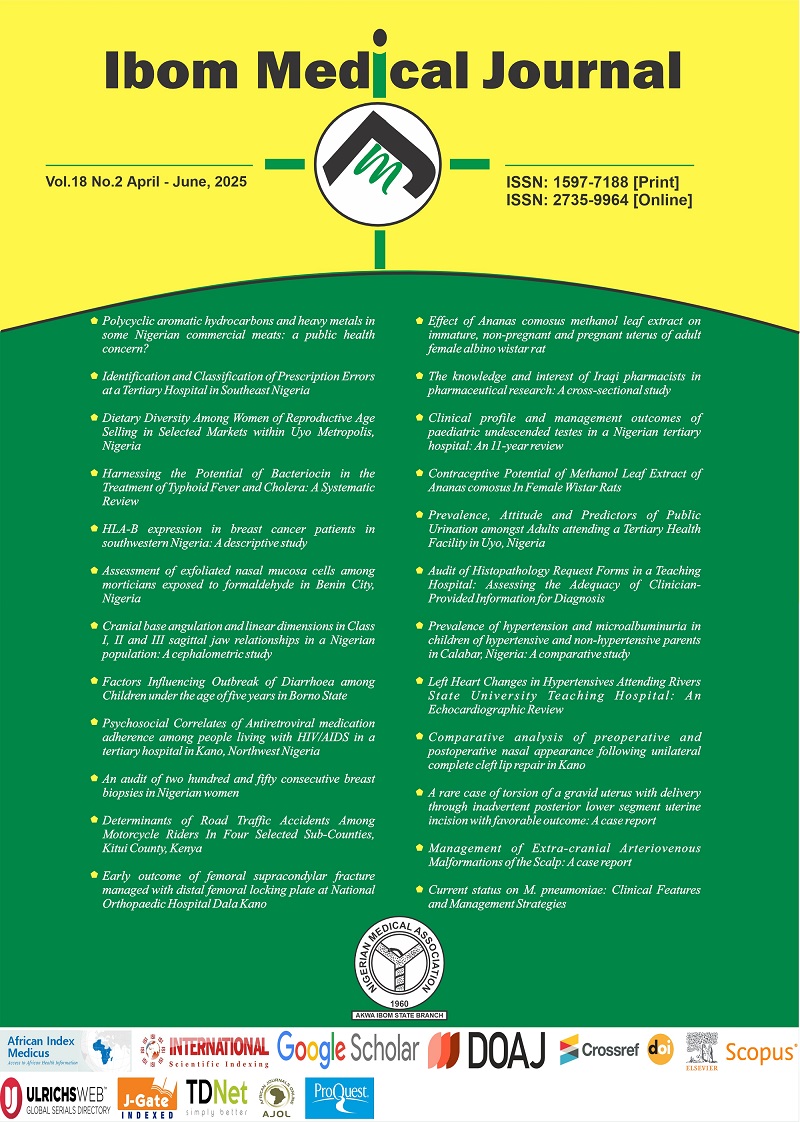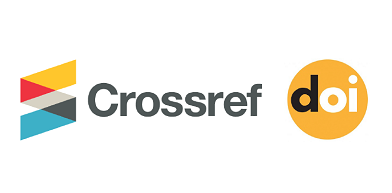Comparative analysis of preoperative and postoperative nasal appearance following unilateral complete cleft lip repair in Kano
DOI:
https://doi.org/10.61386/imj.v18i2.679Keywords:
Anthropometry, Nasal symmetry, Unilateral complete cleft lipAbstract
Background: Cleft of the lip even after primary repair is reported to show residual deformities especially affecting the nose. The correction of nasal asymmetry is believed to be most challenging and has contributed greatly to modifications and improvement in surgical techniques. The aim of this study was to evaluate the nasal outcome using the symmetry of the nose in children with unilateral complete cleft lip following primary repair in Kano.
Methods: This was a prospective analysis of the nasal outcome in children with unilateral complete cleft lip with or without palate. Preoperative and postoperative measurement of the nostril height, nostril width and alar base width were assessed using the symmetry index by Amaratauga et al. Measurements were done using a digital caliper. Data analysis was done using the paired t-test.
Results: It showed that only the nostril width had statistically significant asymmetry (p<0.05) postoperatively. However, using the ANOVA, the nostril height of the unilateral complete cleft of the lip and palate was most asymmetrical (p= 0.019) among the component forms of unilateral complete cleft.
Conclusion: A properly done primary lip repair alone may not sufficiently address the problems of the cleft nose, the incorporation of primary rhin.oplasty into primary cleft lip repair will meet the expectation of parents and children born with cleft.
Downloads
Published
License
Copyright (c) 2025 Bardi M, Adebola RA, Efunkoya AA, Omeje KU, Amole IO, Suleiman AR, Bawa TA

This work is licensed under a Creative Commons Attribution 4.0 International License.










